How to Create Your Own Black Soldier Fly Larvae Composting Bin: A DIY Guide
- February 29, 2024
- 0 comment
In the quest for sustainable living and organic waste management, soldier fly larvae composting has emerged as a game-changer. This method not only offers an efficient way to reduce household waste but also produces high-quality compost and feed for poultry or fish.

As someone deeply immersed in the world of composting, I have experimented with various techniques and found soldier fly larvae composting to be remarkably effective. Here’s an insightful review based on firsthand experience, outlining eight essential guidelines to make your DIY soldier fly larvae composting bin a success.
Table of Content List:
- Choosing the Right Container
- Setting Up Drainage and Harvest Systems
- Creating the Perfect Environment
- Feeding Your Larvae
- Maintaining the Bin
- Managing Moisture Levels
- Harvesting the Compost
- Scaling the System
Understanding Soldier Fly Larvae Composting
Soldier fly larvae composting is an incredible process, leveraging the Black Soldier Fly’s larvae to break down organic waste at a remarkable speed. Unlike traditional composting methods, BSFL composting is odorless, faster, and produces a high-quality byproduct that can be used as a potent organic fertilizer. The larvae can consume vast amounts of waste, including scraps that are typically not recommended for conventional compost bins, such as meat and dairy products.
8 Methods of Guidelines for DIY BSFL Composting Bin
Method 1: Choosing the Right Container
The first step involves selecting an appropriate container for your composting project. It should have a minimum depth of 18 inches to provide sufficient space for the larvae to process the waste and for the resulting compost to accumulate.
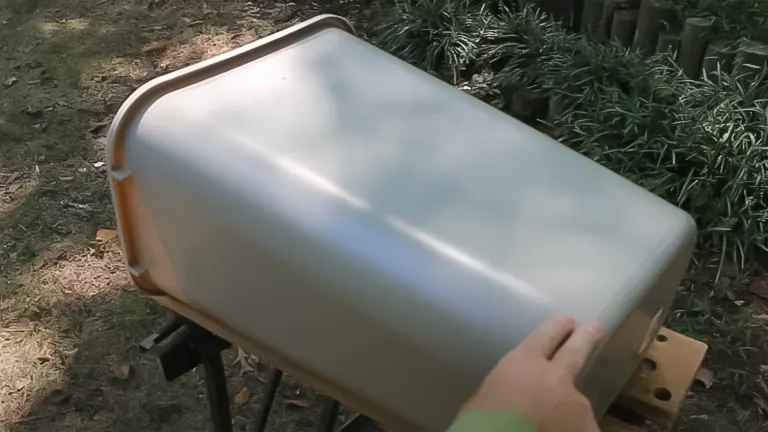
For my project, I opted for a 27-gallon tote, which offered a generous volume for the larvae’s activities and enough room for compost collection.
Method 2: Setting Up Drainage and Harvest Systems
Ensuring your composting bin has adequate drainage is essential to avoid the accumulation of excess moisture, which can be detrimental to the composting process.
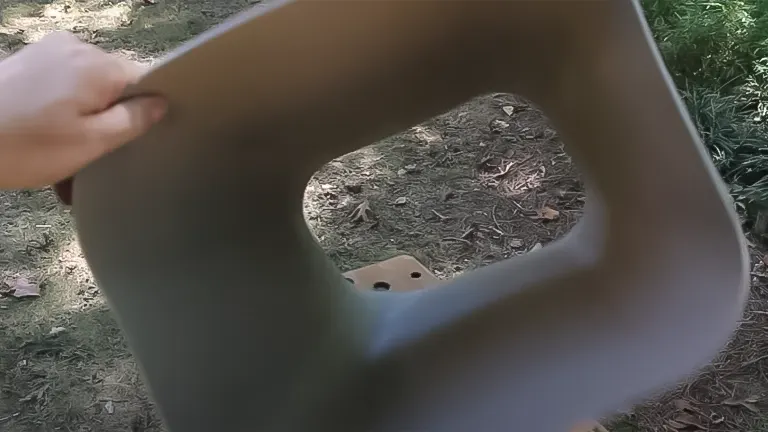
To achieve this, drill small holes at the base of your container for liquid to drain away, and a larger hole on one side at the bottom. This larger hole is designed for the larvae to exit the bin when they are ready to pupate, facilitating a self-harvesting mechanism.
Method 3: Creating the Perfect Environment
For the larvae to thrive and efficiently break down organic waste, the composting bin must have a suitable environment from the start. Begin by laying a foundation of cardboard or paper at the bottom of the bin to serve as bedding.
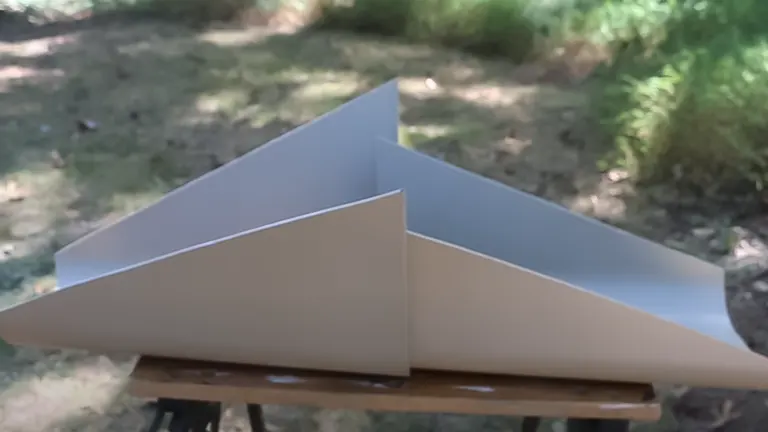
Following this, introduce your starter larvae, which should be sourced from a reliable provider to ensure they are of good health and ready to begin composting immediately.
Method 4: Feeding Your Larvae
Black Soldier Fly Larvae are capable of consuming a wide array of organic waste materials. Initiate the process by adding small quantities of food scraps to the bin, gradually increasing the amount as the larvae population grows.
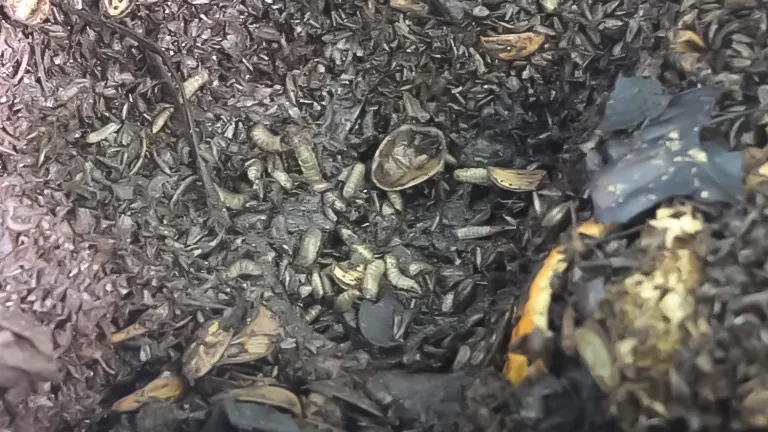
It’s important to regularly monitor the bin to avoid overfeeding and ensure that all added waste is being effectively broken down by the larvae.
Method 5: Maintaining the Bin
To maintain optimal conditions within the bin, it should be placed in a location that avoids direct sunlight and extreme temperatures.

The larvae operate most effectively in temperatures ranging from 70°F to 90°F (21°C to 32°C), making it critical to monitor and adjust the bin’s environment as needed to stay within this temperature range.
Method 6: Managing Moisture Levels
Balancing the moisture level within the bin is crucial for the success of BSFL composting. The system should be managed to keep the environment neither too dry nor too wet.
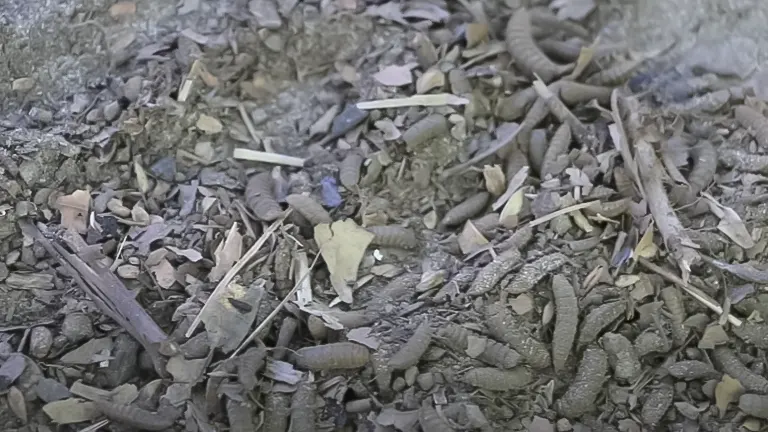
Employ the installed drainage system to eliminate any excess liquid, and if necessary, add dry bedding to absorb moisture and maintain an ideal dryness level.
Method 7: Harvesting the Compost
After the larvae have consumed the organic material and migrated out of the bin to pupate, what remains is a rich, nutrient-dense compost.
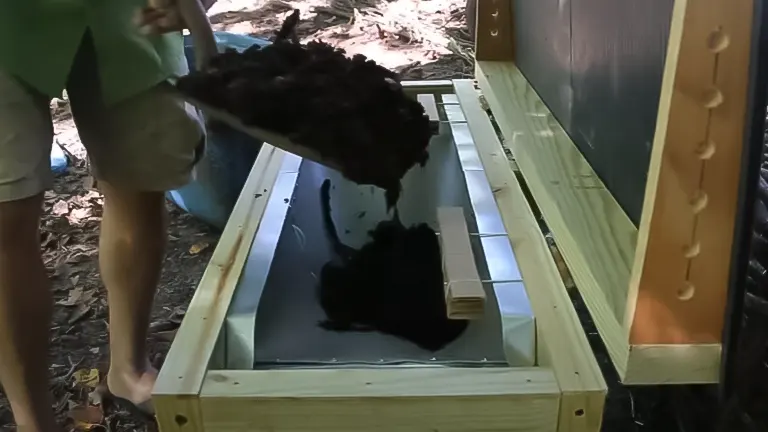
This byproduct of the composting process can be directly applied to your garden as a natural and powerful fertilizer, enriching the soil and supporting plant growth.
Method 8: Scaling the System
With increased familiarity and comfort with the BSFL composting process, you may consider expanding your system to manage a larger volume of waste or even initiate a small-scale BSFL farm.
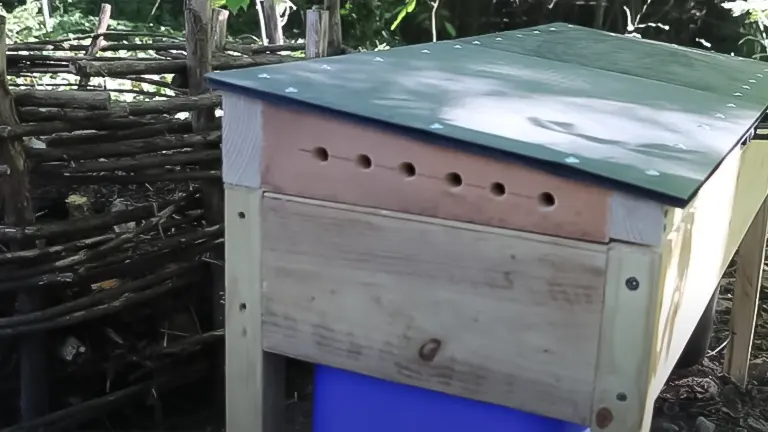
This scalability allows for greater waste processing and the potential for more significant environmental impact.
Pros and Cons Based on My Experience
Pros
- Efficiency: The speed at which BSFL process waste is astonishing. In my experience, they reduced the volume of organic waste significantly faster than traditional composting methods.
- Ease of Maintenance: Once set up, the system requires minimal intervention. The self-harvesting feature of the larvae simplifies the process even further.
- Sustainability: This method offers a sustainable way to manage household waste, reducing landfill contributions and producing valuable compost.
Cons
- Initial Setup: Gathering materials and setting up the bin can be a bit daunting at first.
- Temperature Sensitivity: The system’s efficiency can decrease in colder climates or seasons, requiring additional measures to maintain an optimal environment.
Related Articles:
- Best Bedding For Chickens
- Best Safe Chicken Coop Heater
- 8×8 Chicken Coop Plans
- Turning a Shed Into a Chicken Coop
- How to Make a Chicken Coop Out of Pallets
- Best Sand for Chicken Coop
- How To Insulate a Chicken Coop
- How To Heat a Chicken Coop
- How To Keep Water from Freezing in Chicken Coop
- How to Build a Chicken Coop
- How To Build Chicken Nesting Boxes
- How to Raise Happy and Healthy Chickens in Your Backyard
- When Can Chicks Go Outside? Timing and Tips for a Smooth Transition
- 12 Reasons why Ducks are Better than Chickens
- Best Automatic Chicken Coop Doors 2024: Expert Reviews & Buyer’s Guide
- Best Fans for Chicken Coop 2024: Effective Cooling Solutions Reviewed
- Designing the Perfect Low-Maintenance Chicken Coop: Your Ultimate Guide
- Transforming Chicken Feed: My DIY Black Soldier Fly Bin Experience
- Backyard Chickens: A Step-by-Step Guide for First-Timers
Additional Maintenance Tips
Maintaining a DIY Soldier Fly Larvae Composting Bin requires ongoing attention to ensure it operates efficiently and effectively. Here are some additional maintenance tips:
- Regular Inspection: Check your compost bin regularly for signs of imbalance, such as foul odor or excess moisture, which could indicate overfeeding or poor drainage.
- Temperature Monitoring: Use a thermometer to monitor the temperature inside the bin. If temperatures fall outside the optimal range for BSFL (70°F to 90°F or 21°C to 32°C), adjust the bin’s location or insulation accordingly.
- pH Level Balancing: Occasionally test the pH level of your compost. Soldier fly larvae prefer a slightly acidic to neutral pH (around 6.0 to 7.5). If the pH is off, you can add garden lime to raise it or more green waste to lower it.
- Aeration: Stir the compost gently every few weeks to ensure adequate aeration, which helps prevent matting of the compost material and promotes even decomposition.
- Moisture Control: Maintain a balance of green (nitrogen-rich) and brown (carbon-rich) materials to manage moisture levels. If the bin is too wet, add more brown materials like dried leaves or cardboard.
- Larvae Population Management: Monitor the larvae population. If you notice a decline, you may need to add more larvae or check for environmental factors that may be affecting their health.
- Protection from Pests: Ensure the bin is well-sealed to prevent pests such as rodents or unwanted insects from entering.
- Winter Management: In colder climates, consider insulating the bin or moving it to a warmer location during winter months to keep the larvae active.
- Harvest Timing: Regularly harvest the mature larvae before they turn into flies to maintain a productive system and prevent overpopulation.
- Cleanliness: Keep the area around the compost bin clean to discourage pests and diseases.
Final Concluding Thoughts
In conclusion, constructing a DIY Black Soldier Fly Larvae (BSFL) composting bin is a practical and sustainable approach to managing organic waste. This method not only significantly reduces the amount of waste sent to landfills but also produces high-quality compost that can enrich garden soil. The process, from selecting the appropriate container to scaling the system for larger waste management, is straightforward yet requires attention to detail, such as ensuring proper drainage, maintaining optimal temperature and moisture levels, and feeding the larvae correctly.
Embracing BSFL composting is a step towards a more sustainable lifestyle, offering an efficient and environmentally friendly solution to waste management. With some effort and commitment, anyone can contribute positively to the environment while benefiting from the valuable byproduct of this composting method.
Frequently Asked Questions
- What is a Soldier Fly Larvae composting bin?
A Soldier Fly Larvae composting bin is a system that uses Black Soldier Fly larvae to break down organic waste into compost. It’s an efficient, sustainable method for managing kitchen scraps and other biodegradable materials. - Why use Black Soldier Fly Larvae for composting?
Black Soldier Fly Larvae are highly efficient at converting organic waste into nutrient-rich compost. They work quickly, can process large amounts of waste, and the process is relatively odor-free compared to traditional composting methods. - What size container do I need for a BSFL composting bin?
You should start with a container that is at least 18 inches deep to provide enough space for waste processing and larvae movement. A 27-gallon tote is often recommended for its ample space. - How do I set up proper drainage in the composting bin?
Drill small holes at the bottom of your container for liquid drainage to prevent moisture buildup. Additionally, a larger hole on one side at the bottom allows the larvae to self-harvest when they’re ready to pupate. - What should I use for bedding in the composting bin?
Use cardboard or paper as bedding at the bottom of the bin. This provides a base for the larvae and helps absorb excess moisture. - Where can I get starter larvae for my composting bin?
Starter larvae should be sourced from a reputable supplier to ensure they are healthy. You can find suppliers online or possibly from local farms that use BSFL for waste management. - What can I feed the larvae in my composting bin?
BSFL can consume a wide range of organic waste, including fruits, vegetables, coffee grounds, and even meat and dairy products. Start with small amounts and increase as the colony grows, ensuring all waste is consumed. - How do I maintain the right temperature and moisture levels in the bin?
Keep the bin in a shaded area to protect it from extreme temperatures, with an ideal range between 70°F and 90°F (21°C and 32°C). Use the drainage system to manage moisture, adding dry bedding if the bin becomes too wet. - How do I harvest the compost from the bin?
Once the larvae have consumed the waste and self-harvested, you will be left with a nutrient-rich compost. This can be removed from the bin and applied directly to your garden as fertilizer. - Can I scale up my BSFL composting system?
Yes, as you become more familiar with the process and its requirements, you can scale up your system to manage more waste or even start a small-scale BSFL farm. This allows for greater waste processing and more compost production.
We can’t wait to hear from you! Please share your personal journey and knowledge about creating and operating a DIY Soldier Fly Larvae Composting Bin in the comments below. Your unique experiences and advice could be invaluable to others starting their own path toward sustainability, guiding them to make educated choices for their composting endeavors!

Edward Smith
Forestry AuthorWoodworking is about more than crafting; it's a harmonious connection with nature, mastering tools, and preserving our environment. I'm here to share my knowledge and experiences with you, forging a future where we can embrace wood's beauty and utility while safeguarding our forests' health and diversity.

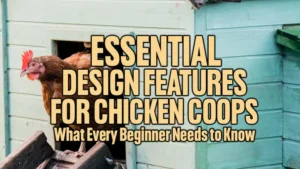
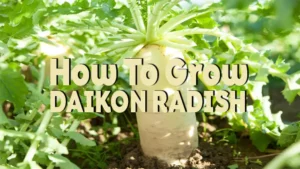



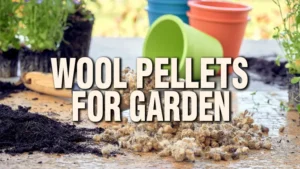
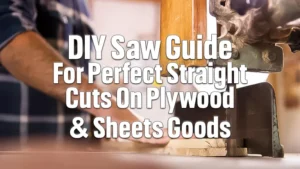

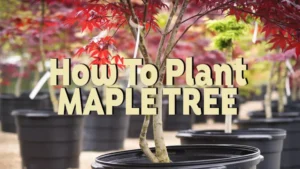
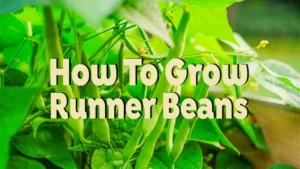
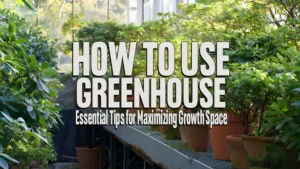

Leave your comment